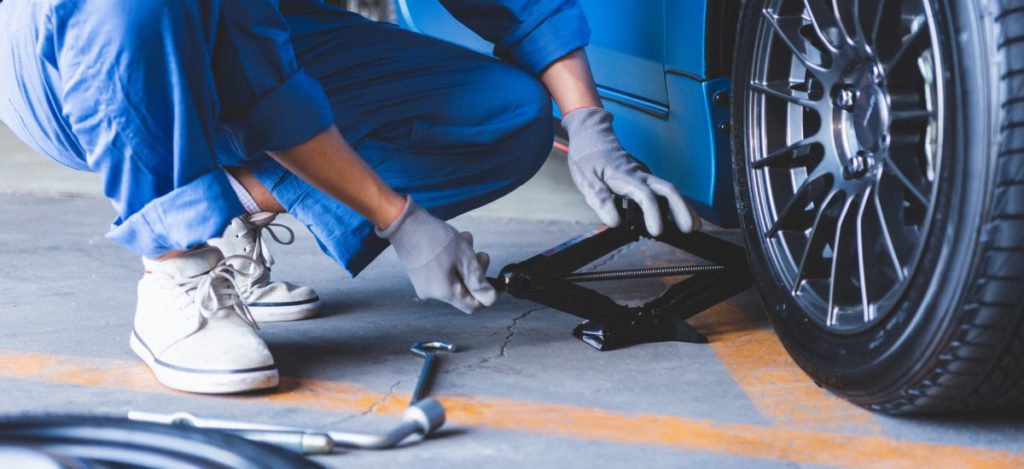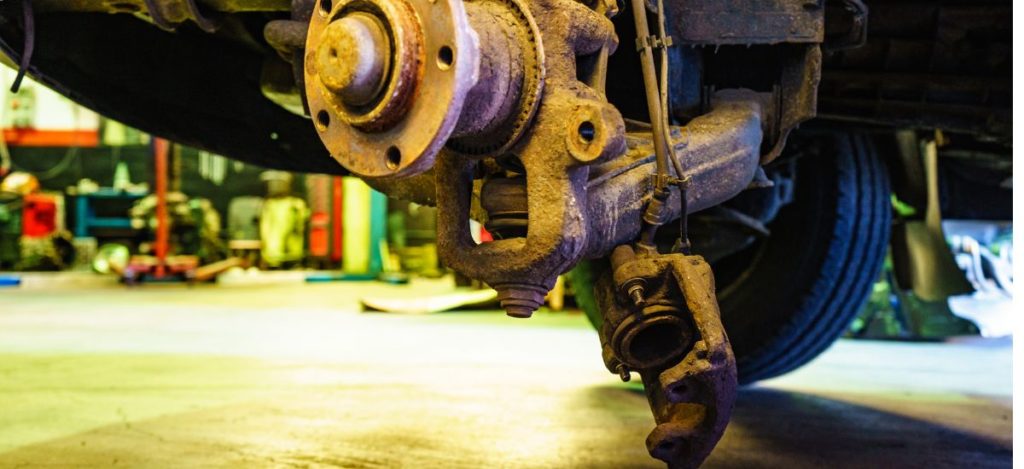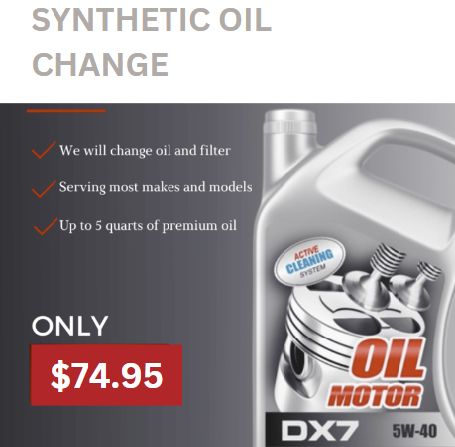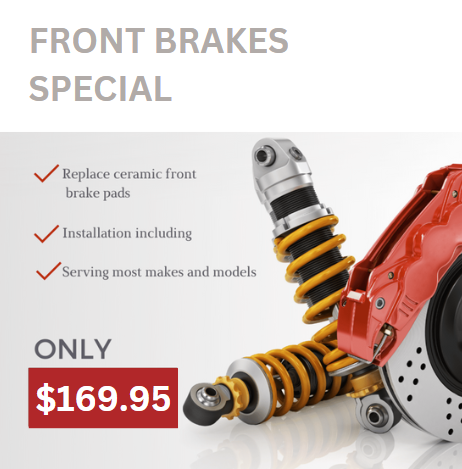Choosing the Right Brake Parts: Your Ultimate Guide by Dr Brakes
When it comes to ensuring your safety on the road, a few components of your vehicle are as critical as the braking system. The effectiveness of your braking system is heavily reliant on the quality of its parts, especially the brake pads and rotors. Whether a seasoned car enthusiast or a novice driver, choosing the right brake parts is paramount to your safety and vehicle longevity.
This comprehensive guide will delve deep into braking systems, brake pad materials, rotor types, and everything in between. Dr Brakes, your trusted automotive expert, is here to provide you with the knowledge you need to make an informed decision about your vehicle’s brake components.
Understanding the Basics of Braking
Before we dive into the nitty-gritty details of brake parts, it’s essential to understand the fundamental principles of braking. The braking system in your vehicle is responsible for slowing down or stopping your vehicle when you press the brake pedal. It’s a complex system that relies on various components working together seamlessly.
Critical Components of a Brake System
- Brake Pedal: This is the part of the system you interact with directly. When you press the brake pedal, it activates the braking system, which in turn slows down or stops the vehicle.
- Brake Caliper: The caliper holds the brake pads and squeezes them against the brake rotor when you apply the brakes. This action creates friction, which slows down the vehicle.
- Brake Rotor: Also known as the brake disc, the rotor is a flat, round metal disc that rotates with the wheel. When the brake pads press against it, it stops the vehicle.
- Brake Pad: These linings press against the rotor to create friction and stop the vehicle. Brake pads come in various materials, each with its own set of advantages and disadvantages.
- Brake Fluid: Brake fluid is essential for transmitting the force from the brake pedal to the caliper, which then applies pressure to the brake pads.
The Importance of Brake Pads
Brake pads are arguably the most crucial component of your vehicle’s braking system. They play a pivotal role in determining the effectiveness of your brakes, your driving safety, and the longevity of your braking system. Selecting the appropriate brake pads is paramount when choosing the right brake parts.

Different Types of Brake Pads
- Organic Brake Pads: These pads are made from organic materials such as rubber, carbon compounds, and glass. They are an excellent choice for daily driving and provide a good balance between performance and durability. Organic brake pads produce less dust and are gentle on the rotor but may wear out faster in heavy braking situations.
- Ceramic Brake Pads: Ceramic brake pads are known for their exceptional performance and longevity. They are made from a ceramic compound, which offers superior braking power, even in high-temperature conditions. Ceramic pads also produce significantly less dust, keeping your wheels cleaner for longer.
- Semi-Metallic Brake Pads: Semi-metallic brake pads contain a mix of metal fibers, such as copper and steel, and other materials. They are known for their durability and ability to handle heavy braking. However, they tend to produce more brake dust and may be noisier than other types.
Consider Your Driving Style
Your driving style is crucial in determining the suitable brake pads for your vehicle. If you have a heavy foot and frequently engage in abrupt stops, semi-metallic or ceramic pads might be your best choice. On the other hand, if you have a lighter touch on the brake pedal and prioritize a clean wheel appearance, organic or ceramic pads could be a better fit.
Longevity and Durability
The longevity of your brake pads depends on various factors, including your driving habits, the type of brake pad material, and the quality of the brake parts you choose. Ceramic brake pads often have a longer lifespan than organic or semi-metallic pads, making them an excellent choice for those seeking durability.
Brake Dust: The Silent Nuisance
Brake dust is an unavoidable byproduct of the braking process. It consists of tiny particles of the brake pad material, rotor material, and other debris. Excessive brake dust can accumulate on your wheels, making them dirty and unsightly. It’s not just a cosmetic issue; it can also affect your braking system’s performance.

The Low-Dust Advantage of Ceramic Brake Pads
Ceramic brake pads are the best choice if keeping your wheels clean and pristine is a priority. Their composition produces significantly less brake dust than other brake pads. It means less time spent cleaning your wheels and a cleaner overall appearance for your vehicle.
Brake Rotors: The Unsung Heroes
While brake pads steal the spotlight, brake rotors are equally critical to your vehicle’s braking performance. These flat, round discs are vital in slowing down and stopping your vehicle. When choosing the right brake parts, it’s essential to consider the type of brake rotor that pairs best with your brake pads.
Types of Brake Rotors
- Drum Brakes: Some vehicles still use drum brakes on the rear wheels. These consist of a round drum that rotates with the wheel. When you apply the brakes, brake shoes press against the inside of the drum, creating friction and slowing down the vehicle. While drum brakes are less standard in modern vehicles, they are in some models.
- Disc Brakes: Most modern vehicles use disc brakes on all four wheels. Disc brakes offer superior stopping power, better heat dissipation, and are more efficient at shedding water, which can improve braking performance in wet conditions.
Choosing the Right Brake Rotor
When it comes to brake rotors, you have several options to consider:
- OEM (Original Equipment Manufacturer) Rotors: These are the same type of rotors installed on your vehicle at the factory. They are designed to meet the manufacturer’s specifications and are a safe choice to maintain the same braking performance as when the vehicle was new.
- Aftermarket Rotors: Aftermarket rotors come in various materials and designs. High-quality aftermarket rotors can provide improved performance and durability compared to OEM rotors. They are an excellent choice if you’re looking to enhance your vehicle’s braking capabilities.
- Performance Rotors: If you’re a performance enthusiast or frequently engage in heavy braking situations, performance rotors might be the way to go. These rotors are designed to handle high temperatures and offer improved braking performance.
The Role of Brake Fluid
Brake fluid is often overlooked but is a critical component of your braking system. It transmits the force from the brake pedal to the caliper, allowing the brake pads to clamp down on the rotor. The type of brake fluid you use can impact the overall performance of your braking system.
Brake Fluid Types
- DOT 3, DOT 4, and DOT 5.1: These glycol-based brake fluids are commonly used in most vehicles. They have varying boiling points, with DOT 5.1 having the highest, making it suitable for high-performance applications.
- DOT 5: DOT 5 brake fluid is silicone-based and incompatible with glycol-based fluids. It’s used in some specialized applications and is known for its resistance to moisture absorption.
Brake Fluid Maintenance
It’s essential to check and maintain your brake fluid regularly. Over time, brake fluid can absorb moisture from the air, reducing its boiling point and potentially leading to brake fade under heavy braking. Regular brake fluid changes and system bleeding can help ensure your braking system operates at its best.
Choosing the Right Brake Parts for Your Vehicle Type
The type of vehicle you drive also plays a significant role in determining the suitable brake parts. Different vehicles have varying braking system requirements due to weight, size, and intended use.
Passenger Cars and SUVs
For most passenger cars and SUVs used for daily commuting and family transportation, a set of high-quality ceramic brake pads paired with OEM or high-quality aftermarket rotors is an excellent choice. This combination provides reliable stopping power, minimal brake dust, and good durability.
Trucks and Heavy-Duty Vehicles
Trucks and heavy-duty vehicles, especially those used for towing or carrying heavy loads, require robust braking systems. Semi-metallic brake pads and performance rotors are often recommended for these applications. They can handle the increased heat and stress associated with heavy loads and frequent braking.
Sports Cars and Performance Vehicles
If you own a sports or high-performance vehicle, your braking system must match your vehicle’s capabilities. Consider upgrading to performance rotors and high-performance brake pads for aggressive driving and high-speed stops. Performance brake fluid can also help maintain consistent braking performance in demanding situations.
The Importance of Quality Brake Parts
Before we dive into the nitty-gritty details of brake pads and rotors, let’s take a moment to understand why choosing the right brake parts is so crucial.
1. Safety First – Your vehicle’s braking system is your primary means of slowing down or coming to a complete stop. In emergencies, a few extra feet can differentiate between a close call and a catastrophic accident. Quality brake parts can significantly improve your vehicle’s braking performance, giving you the confidence to handle unexpected events on the road.
2. Durability and Longevity – Nobody wants to replace brake components frequently. Quality brake pads and rotors are designed to withstand the wear and tear of daily driving and heavy braking situations. Choosing the right parts means fewer replacements, saving you time and money in the long run.
3. Improved Performance – Whether you’re driving a sporty sedan, a rugged SUV, or a hybrid vehicle, the right brake parts can enhance your vehicle’s overall performance. From reducing stopping distances to improving brake pedal feel, quality brake components can make a difference.
Making an Informed Decision
In conclusion, choosing the right brake parts is crucial to vehicle maintenance and safety. Whether you prioritize longevity, minimal brake dust, or high-performance braking, options are available to meet your needs. Consider your driving style, vehicle type, and specific requirements when selecting brake pads, rotors, and fluid.
Remember that safety should always be your top priority for your vehicle. Investing in high-quality brake parts and seeking professional advice will help ensure your braking system performs at its best, allowing you to drive confidently and safely. So, take the time to make an informed decision and keep your brakes in top-notch condition – your safety depends on it.




Thank you for explaining to us that the brake rotor refers to the flat and round metal disc that rotates with the wheel and stops the vehicle once the brake pads press against it. My brother drives a FIAT 124 Spider, and it seems like there is something wrong with his car’s brake system, so he is thinking of getting some parts replaced before his business trip next week. I’ll take note of this while I look for an auto parts seller in the area to contact about the new FIAT 124 Spider brake parts my brother needs soon.